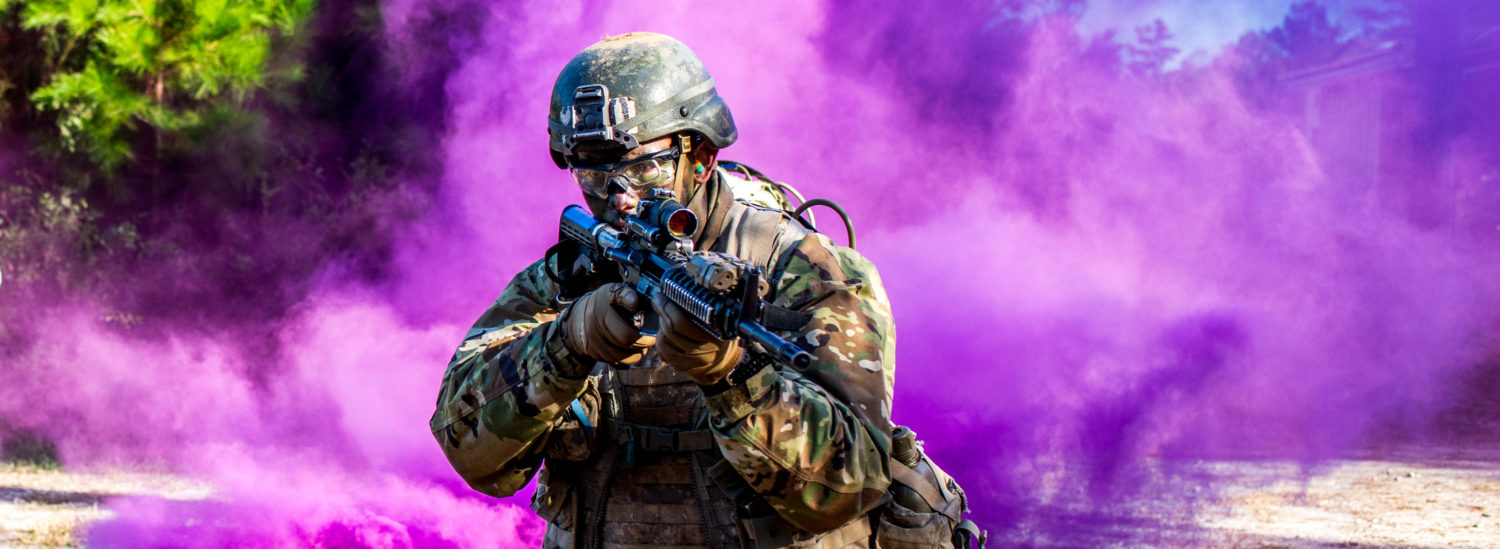A groundbreaking policy in 2016 opened every job, unit, and location in the Army to women. However, despite clear guidance from Army Senior Leadership, patterns of frustratingly pervasive sexism and gender discrimination remain within our ranks. A Government Accountability Office study earlier this year found that female soldiers, who make up 15% of the Army, are 28% more likely to leave service than their male counterparts. The similarly disproportionally high rates of sexual harassment and assault military women experience speak for themselves. The brutal murder of Specialist Vanessa Guillen earlier this spring at Fort Hood resulted in a flood of personal stories shared under the hashtag #IAmVanessaGuillen. This was a tipping point that reinforced the need for unit level leaders to drive significant cultural change for our Army to be more inclusive of women. It pushed us beyond ignoring longstanding problems of gender discrimination.
Our Army’s success depends on bringing talented soldiers together in teams built on competence, resilience, discipline, and trust; to ensure every soldier can say with confidence and pride, “This is My Squad.”-GEN James McConville, The 40th CSA, 14 October 2020

U.S. Army Spc. Tynina Williams applies face paint prior to mission during the U.S. Army Europe European Best Warrior Competition at U.S. Army Garrison Hohenfels Training Area, Germany, July 29, 2020. (U.S. Army photo by Spc. Austin Riel)




